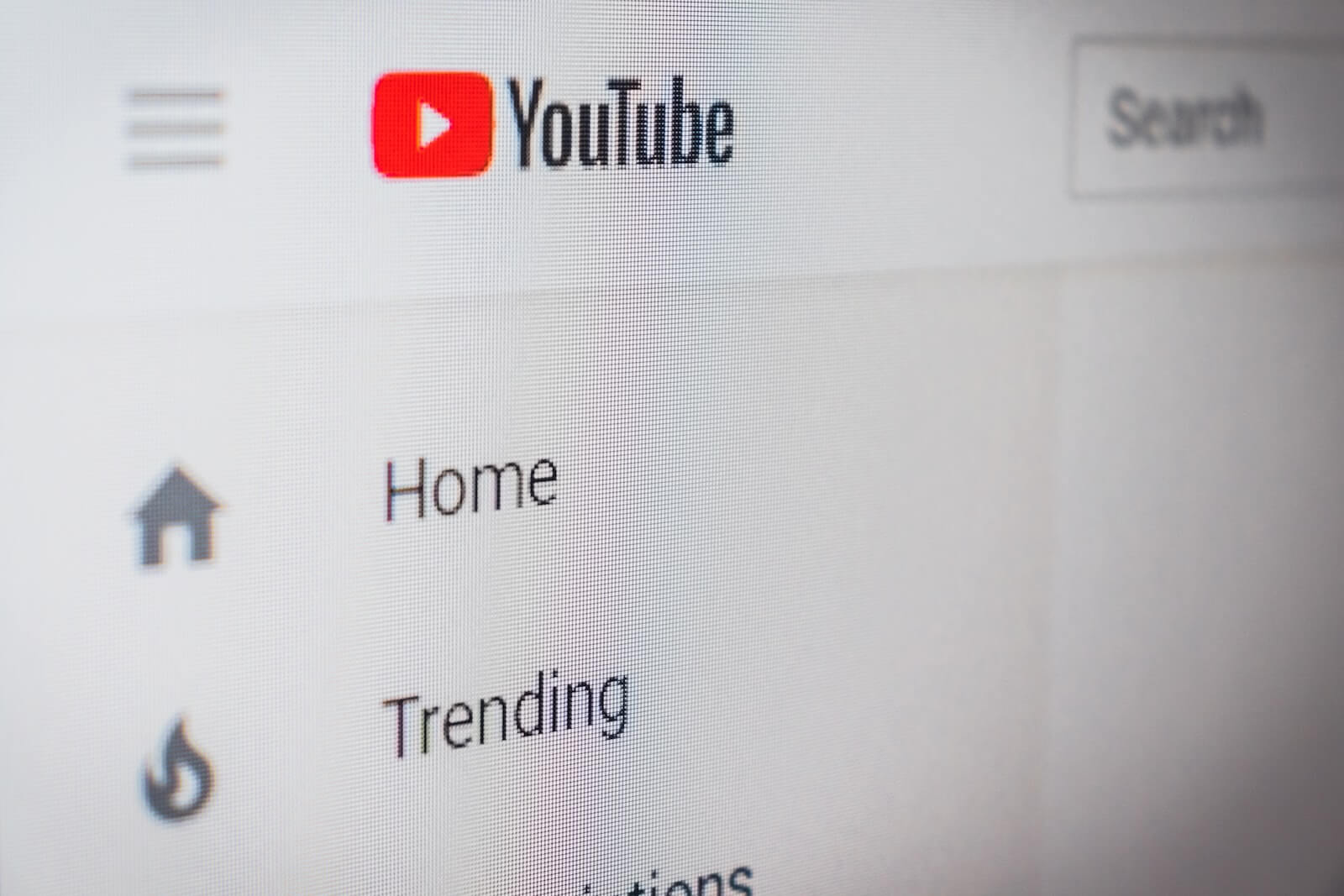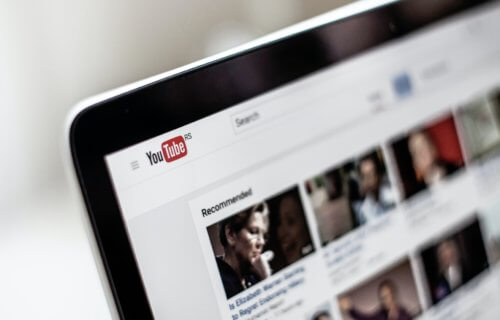BOSTON — YouTube is an incredible asset containing countless hours of valuable content, but there’s also a whole lot of “junk” on there. Case in point, researchers from Brigham and Women’s Hospital are revealing an “alarming” amount of medical misinformation within videos discussing sleep disorders to YouTube. Even worse, “popular” videos from bloggers containing both misinformation and consumer bias appear to attract far more views than expert-led videos.
It’s never been tougher to catch some quality sleep, with insomnia and sleeplessness rates skyrocketing in recent years. While there’s no shortage of supposed solutions available online — ranging from countless supplements to full-on “sleep bootcamps and courses” — not all of these so-called treatments or approaches are anywhere near valid.
“What’s tricky is that so much of health information is very nuanced, and a lot of popular YouTube videos have clickbait and appeal to shorter attention spans,” says lead study author Rebecca Robbins, PhD, Investigator in the Brigham’s Division of Sleep and Circadian Disorders and an Instructor in Medicine at Harvard Medical School, in a media release. “People today often want very bite-sized pieces of information. However, science is fundamentally more nuanced than a one-liner or the 280 characters in a Twitter post.”
Popular videos get 27 times more views!
The research team searched YouTube using key terms such as “insomnia” and “sleep tips,” in order to identify and label popular YouTube videos focusing on sleep medicine. They then sorted those videos by views, with those with the highest number of views counting as “popular.” The team compared popular videos to actual and credible sources identified by a feature on YouTube that places content from healthcare systems at the top of search results for health-related queries.
Next, researchers analyzed videos for information quality. The team of sleep experts were trained to identify misinformation using validated health communications assessment tools, such as the Patient Education Materials Assessment Tool (PEMAT) and the DISCERN brief questionnaire.
Videos garnering the most views were usually made by bloggers (42.9%), followed by medical professionals (33.3%), and health coaches (23.8%). Popular videos averaged about 8.2 million views, but those led by experts received only 300,000 views!
Not a single one of the studied expert-led videos contained commercial bias, or the promotion of a product or service. However, 66.7 percent of popular videos featured these biases. Despite popular videos containing far more disinformation, study authors couldn’t identify any differences in the understandability of content presented by the two types of videos.

Why do people view unreliable content?
As far as why people seem to favor bloggers over actual medical professionals, researchers chalk up this trend to content creators’ ability to produce media that is engaging, aesthetically appealing, and relatable.
“Medical misinformation, including what’s found in some videos about sleep disorders, can lead to patients avoiding care or receiving the wrong care and can be detrimental to patient outcomes,” adds senior study author Stuart Quan, MD, Clinical Chief and Medical Director of the Brigham’s Sleep Disorders Service in the Division of Sleep and Circadian Disorders. “Sleep Medicine is not immune to this issue.”
Study authors admit that the types of videos that are popular nowadays tend to change very quickly. Moreover, they would like to see more studies in the future focusing on medical misinformation on other platforms besides YouTube — like TikTok and Instagram. The research team is also hopeful that YouTube and other platforms will continue working on ways to make sure accurate information is prioritized and shown first to users.
The study is published in the Journal of Clinical Sleep Medicine.

